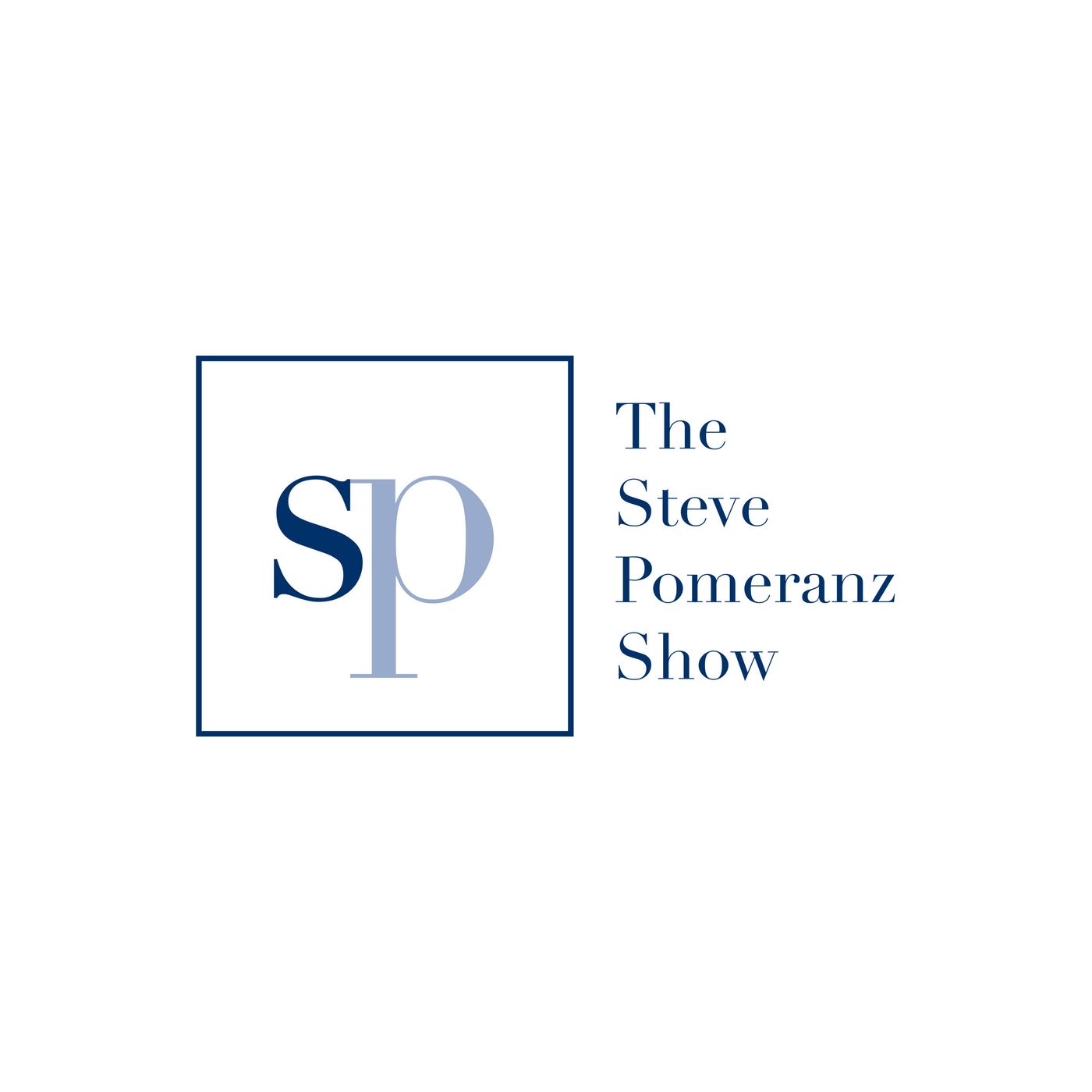How To Rock Your Employee Benefits

b'It\\u2019s that time again! We\\u2019ve almost wrapped up another year and the holidays are here\\u2014time to relax, bond with family and community, and enjoy various holiday traditions. But in all the hustle and bustle of Thanksgiving, Black Friday, holiday shopping and socializing, it\\u2019s easy to forget about that other most important annual tradition of selecting workplace benefits for the coming year.
The benefits of employee benefits
Health insurance and other benefits helped draw you to your job. But when a bazillion projects fill your inbox, it\\u2019s tempting to cruise through open enrollment on autopilot, but I strongly urge you to not take this one lightly, which is why I\\u2019m giving you this heads-up ahead of the final deadline.
This is one task worthy of your attention, so here are five common mistakes I want you to avoid:
* Choosing the same coverage mindlessly
The biggest mistake is tuning out. I know many of you will spend a fair amount of time looking for deals and planning your Black Friday and holiday purchases, which is great. But I also urge you to dedicate some time on planning for your financial security, and, frankly, this will not take up a lot of your time. It\\u2019s totally worth it!
A 2014 survey showed that 90% of all U.S. employees elect the same benefits plan year after year, without really bothering to check if anything has changed. That\\u2019s not a good strategy because insurers often change benefits within plans to drive up their profits or fix what\\u2019s not working for them\\u2014and I don\\u2019t want you to get blindsided.
While a change may seem small on the face of it, it may have a big impact on your family. For example, a health plan might change its provider network and exclude your doctor.
On the flip side, your employer may have expanded its selection of plans, with new perks, and by blindly going with your old plan, you might just be leaving money on the table.
So do this: Make sure you attend the open enrollment meeting at work (almost all employers have these open enrollment meetings) and use the tools provided to compare plans. Take questions to your employer\\u2019s human resources department or benefits consultant, so you are aware of plan changes and can proactively select one that\\u2019s right for you. Get into the habit of doing this every year, and, come what may, make sure you attend your company\\u2019s benefits meetings and keep yourself updated all year round.
Also\\u2014and this is important\\u2014if there have been changes to your family situation, such as a newborn, marriage, divorce or kids leaving home, make sure you notify HR and update your benefits accordingly.
* Misunderstanding tax-advantaged accounts for out-of-pocket expenses
Many employers provide tax-advantaged accounts that you can use to pay for child care, commuting, or out-of-pocket medical expenses. If used correctly, these accounts can help you save significant sums of money, but employees really need to understand the rules associated with them because each type of account works a little differently.
For example, with health savings accounts, or HSAs, all the unused money rolls over to the following year. On the other hand, many medical flexible spending accounts, or FSAs, restrict this and let you roll over just $500 of unused money to the next year, and you lose any unused money above that amount.
So understand how the accounts work, estimate your annual expenses before you decide how much to contribute and keep a running track of what you spend through the year.
* Choosing a health plan on price only
Never choose a health plan on price only. Most U.S. employees have their portion of healthcare premiums directly deducted from their paychecks, so many of them look at price and often pick a lower priced plan. But, beware!\\u2014many of these lower premium plans come with higher deductibles and extra copays.'